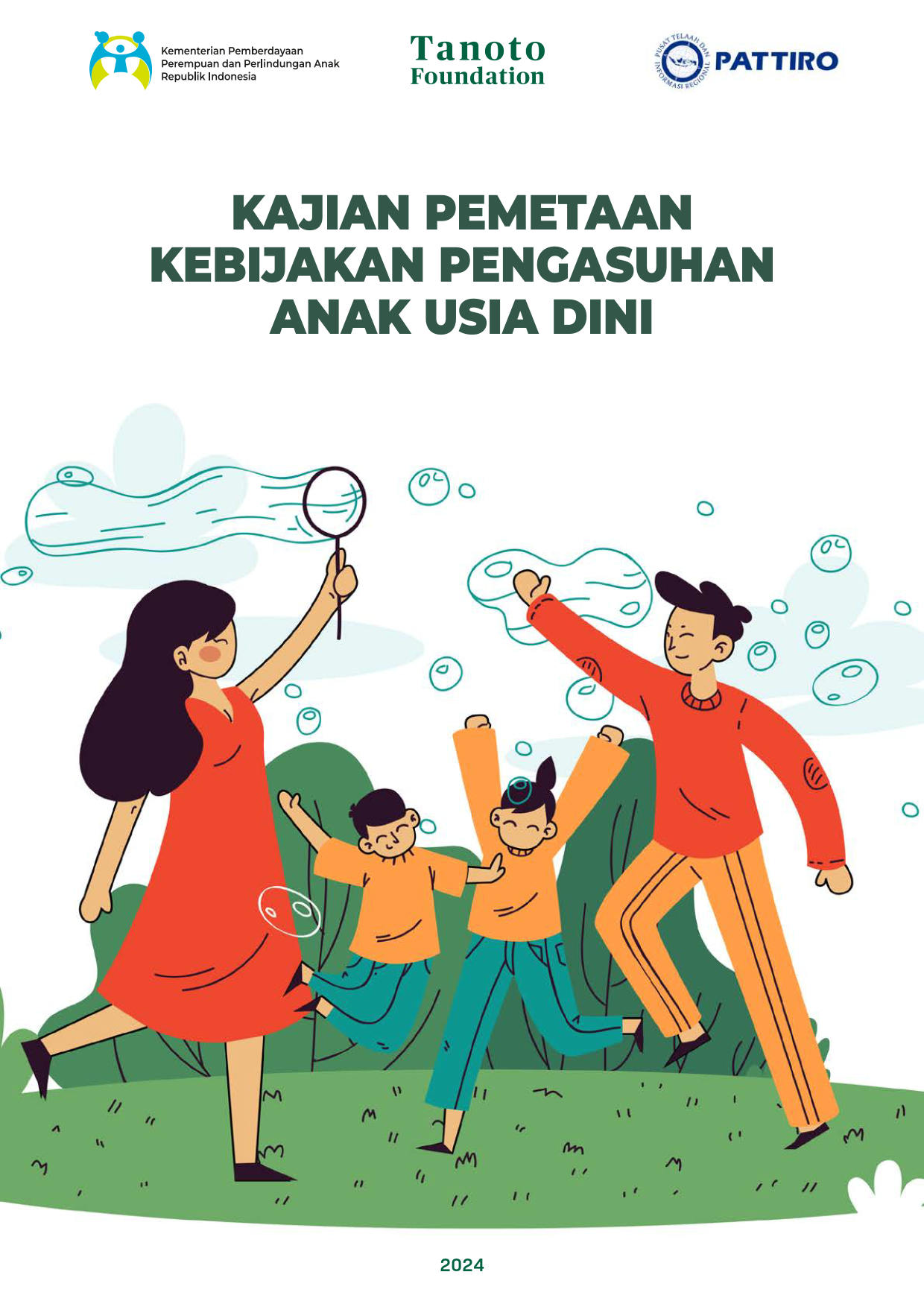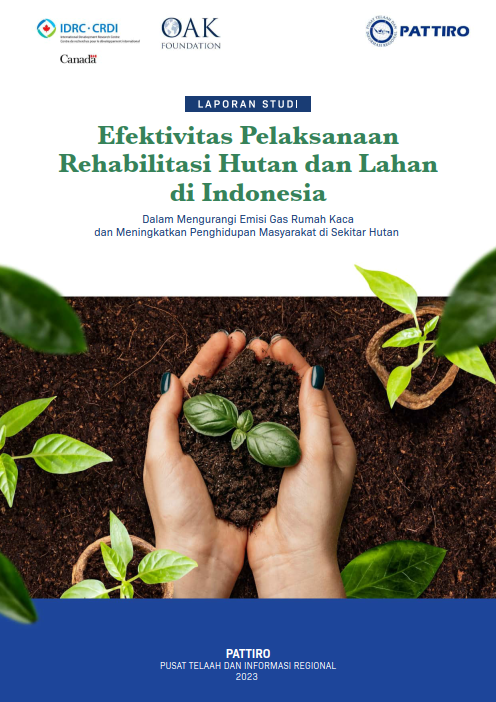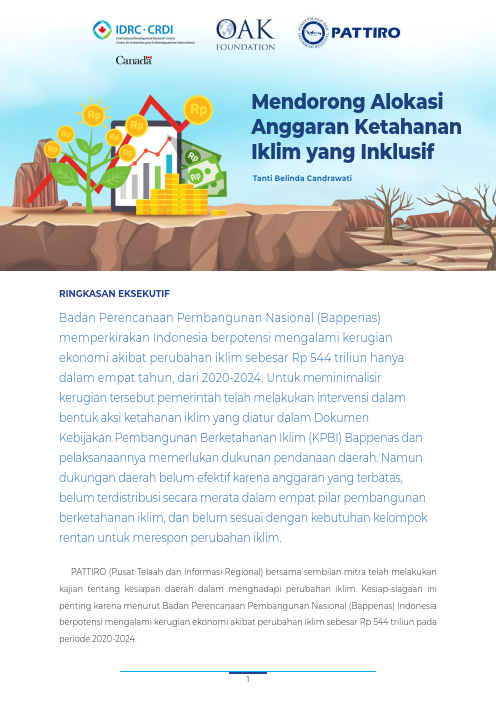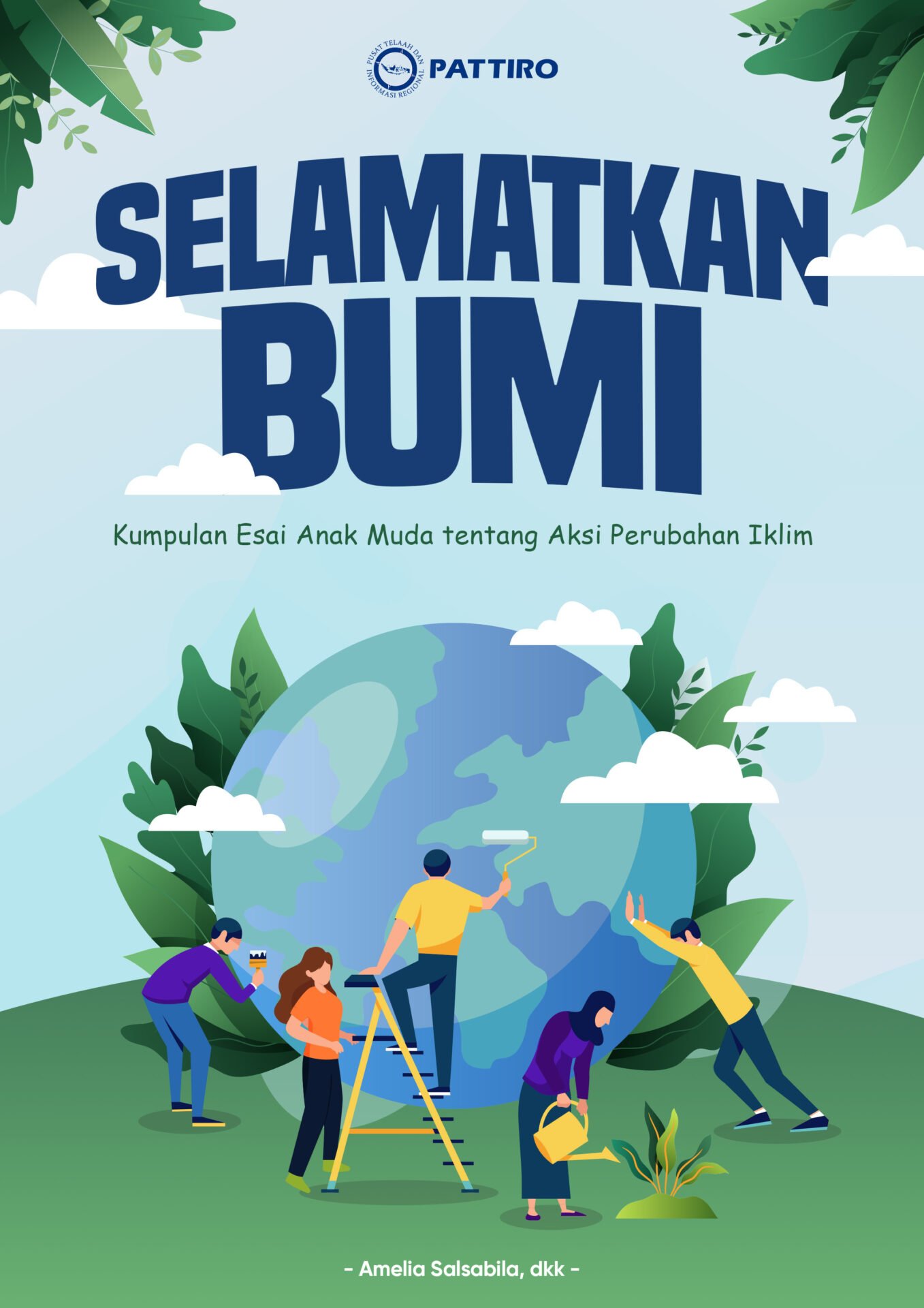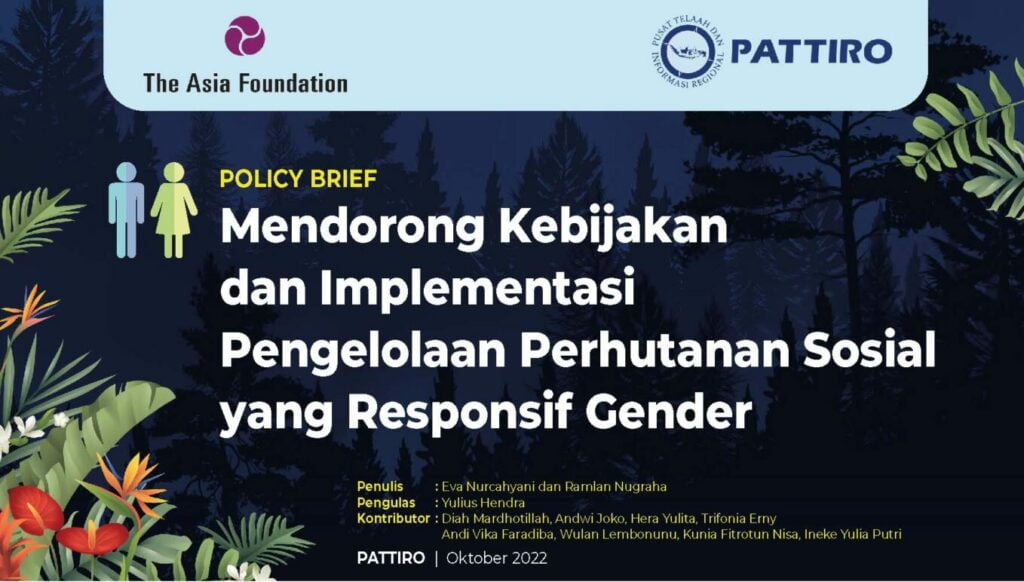
Data from the Statistics Indonesia (BPS) shows that the Labor Force Participation Rate (TPAK) of women is still far below the men, where the TPAK for men is 83.2% and women is only 54.3% (BPS, 2022). As an effort to increase women’s TPAK, the government has issued a policy of managing forest areas by the community through Social Forestry (PS).
This program become a target of Ministry of Environment and Forestry to escalate the public welfare who lived around the forest, conserve the ecology, and encourage the spread of development not only to focus on urban areas, but also to people who live around forests.
In the 2020-2024 National Medium-Term Development Plan (RPJMN), the government has established PS as part of its poverty alleviation strategy. As the target of 12.7 million ha, the realization of SF achievements as of August 2022 has reached 5.03 million ha through 7,650 SK units and the number of beneficiaries of around 1.11 million household heads. Social Forestry achievements per scheme are Village Forests covering 1.99 million ha, Community Forests covering 0.9 million ha, Community Plantation Forests covering 0.35 million ha, Forestry Partnerships covering 0.58 million ha and Indigenous Forests covering 1.09 million Ha. In addition to encouraging the achievement of access to social forest management, the government is also encouraging the development of KUPS. Based on the Ministry of Environment and Forestry Strategic Plan for 2020-2024, the target to increase the number of Social Forestry Business Groups (KUPS) by 2024 is 11,077 groups, from the baseline of 6,940 KUPS (2019).
Even though the area of forest that has been managed by the community through the social forestry scheme has increased, women’s involvement in KPS is still very limited. The total participation of women in social forestry is only 13.8% while that of men is 86.82% (2022). The results of the PATTIRO study (2021), show that there are four gender issues that surface in social forestry: gender mainstreaming has not been emphasized in the recruitment process for prospective social forestry assistants, there is no disaggregated data in the monitoring and evaluation process, gender issues have not been used as a reference in the process of mapping social forestry areas, and the administrative mechanism for the process of applying for social forestry permits is still very gender biased.
In regulatory perspective, Minister of Environment and Forestry Regulation (Permen LHK) No. 9 of 2021 concerning Social Forestry Management explicitly established gender equality in social forestry management. Several articles related to gender issues are: Article 90 concerning holders of HD, HKm and HTR management approvals are entitled to receive fair treatment on the basis of gender or other forms; Article 107 paragraph 3 states that the social forestry management plan is prepared by taking into account local wisdom, forest potential, market opportunities and aspects of gender mainstreaming and considering long-term forest management plans; Article 189 paragraph 4 states that gender equality is one of the social aspects that is considered in the evaluation of social forestry management activities.
In order to quickly identify gender issues in social forestry management, the Regional Research and Information Center (PATTIRO) supported by The Asia Foundation has developed a tool called the Gender Assessment Tool (GAT) in social forestry. This tool contains a list of key questions to identify gender issues in each activity before and after the social forestry approval. In mid-2022, GAT was carried out by PATTIRO with CSO partners in 5 provinces namely Aceh, South Sulawesi, Central Sulawesi, East Kalimantan and West Kalimantan. The data collection method was carried out by means of literature studies and interviews with social forestry stakeholders and the GAT findings were then analyzed into three aspects, namely women’s competence, structural and cultural. Aspects of competence related to women’s capacity in terms of knowledge, skills and attitudes; Structural aspects relate to government roles and responsibilities, policies or regulations (technical guidelines, SOPs, templates), institutions and human resources, while cultural aspects relate to norms, assumptions and habits that exist in society. From the findings and analysis of this GAT, several recommendations are formulated to encourage the strengthening of social forestry that is gender responsive.

